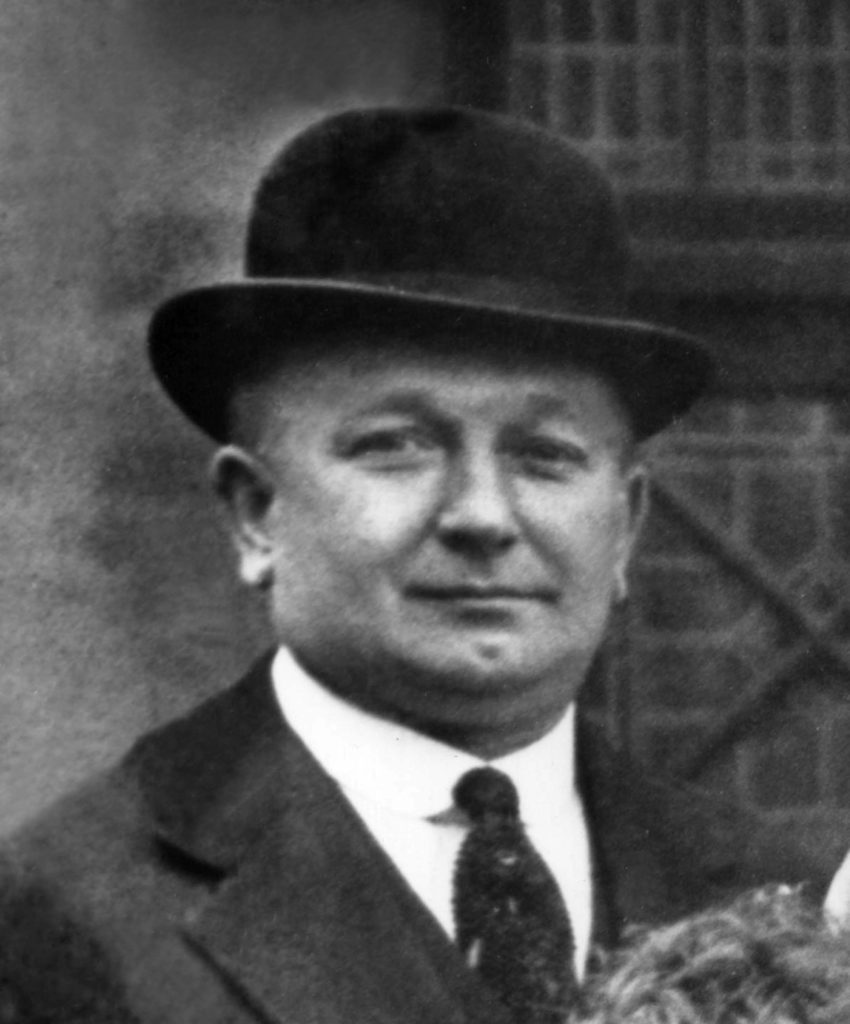On this day in 1934, Herbert Chapman, one of the most transformative figures in Arsenal’s history, passed away at the age of 55.
His untimely death from pneumonia marked the end of a managerial career that had revolutionised Arsenal and reshaped the game of football itself. Yet, Chapman’s legacy lives on—a testament to his visionary leadership, tactical innovation, and enduring influence.
A legacy forged at Arsenal

Herbert Chapman arrived at Arsenal in 1925, inheriting a club that had struggled for identity and success. Fresh from guiding Huddersfield Town to two league titles, Chapman brought not only a winning pedigree but also a revolutionary approach to the game. Under his stewardship, Arsenal transitioned from mid-table mediocrity to the pinnacle of English football, securing two league titles and an FA Cup during his tenure.
Chapman’s genius was rooted in his ability to innovate, both tactically and administratively. He adapted the new offside rule introduced in 1925 by refining the “WM” formation, a system that prioritised defensive solidity and attacking precision. Central to this was Herbie Roberts, deployed as a defensive pivot, redefining the role of the centre-half.
With Chapman’s astute signings—players like Alex James, the creative force of the team, and Cliff Bastin, the mercurial winger—Arsenal became a powerhouse. The club’s 1930 FA Cup victory and their first league title in 1930-31, achieved with a staggering 127 goals, demonstrated Chapman’s tactical brilliance and his ability to extract the best from his squad.

Beyond the pitch: a visionary leader
Chapman’s impact extended far beyond tactical innovations. He understood football’s potential as both a sport and a spectacle, introducing reforms that are now considered staples of the modern game. From numbered shirts to white footballs for better visibility, his ideas were ahead of their time.
At Arsenal, Chapman championed infrastructural improvements, overseeing the modernisation of Highbury. His insistence on enhanced player facilities and medical care set new standards in professionalism. He even successfully lobbied to rename Gillespie Road tube station to Arsenal, embedding the club in North London’s identity—a move that exemplified his understanding of branding and community connection.

Chapman was also a media pioneer. He cultivated relationships with the press, recognising their role in promoting the sport and elevating Arsenal’s profile. His efforts laid the groundwork for football’s evolution into a global phenomenon.
The tragic loss and enduring influence
Chapman’s sudden death in January 1934 sent shockwaves through the football world. His funeral in Hendon was a profound testament to his impact, with Arsenal players, fans, and representatives from across Europe paying tribute to a manager whose influence transcended club allegiances.

Although his life was cut short, Chapman’s legacy endured. The systems, culture, and philosophy he established continued under successors like George Allison, Joe Shaw, and Tom Whittaker, guiding Arsenal to three more league titles and another FA Cup in the 1930s.
Chapman’s innovations shaped not only Arsenal but the entire footballing landscape. His tactical ingenuity inspired generations of managers, while his holistic approach to club management remains a benchmark for the modern game. From sports science to youth development, Chapman’s ideas laid the foundation for the professionalisation of football in England.
An immortal figure in Arsenal’s history

Herbert Chapman was more than a manager; he was an architect of greatness. His ability to see beyond immediate results, to envision a football club as a unified and forward-thinking organisation, set him apart. Nearly a century after his passing, Chapman’s influence is woven into the fabric of Arsenal and football itself.
His statue at the Emirates Stadium, unveiled in 2012, stands as a reminder of his contributions—a man whose ambition and foresight reshaped a club and a sport. On this anniversary of his death, we remember Herbert Chapman not just as one of Arsenal’s greatest figures, but as a pioneer whose vision continues to inspire.
